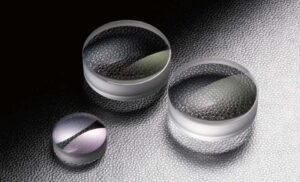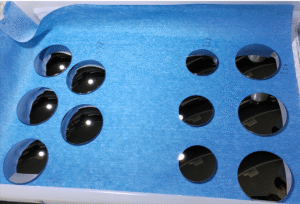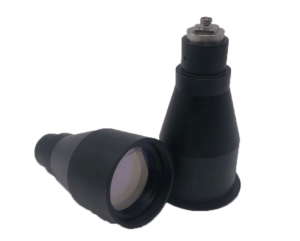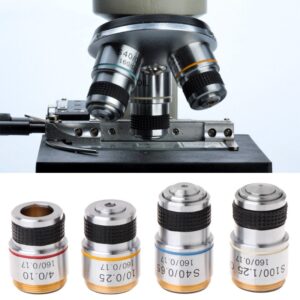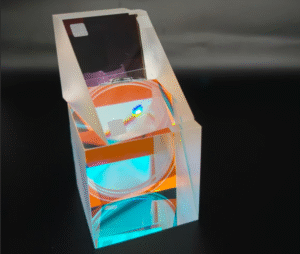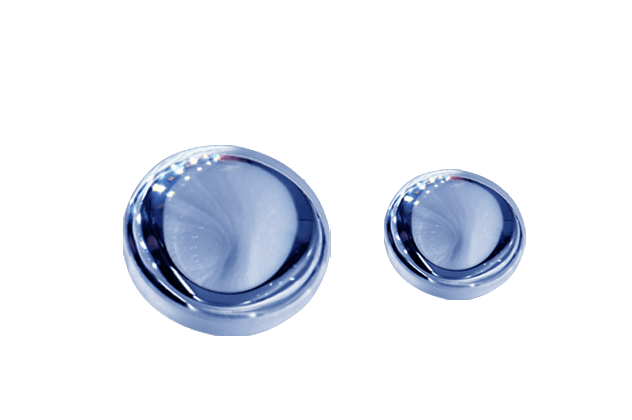What Is a Positive Meniscus Lens?
A positive meniscus lens is a convex-concave optical lens where the convex curvature is stronger than the concave side. This geometry allows the lens to converge incoming light rays, producing a positive focal length.
In practical terms, a positive meniscus lens focuses light like a convex lens but does so with reduced spherical aberration, making it ideal for applications requiring precision beam shaping or optical correction.
🔍 Positive meniscus lens definition:
A single-element lens with one inward (concave) and one outward (convex) curved surface, engineered to act as a converging element.
- Inspection Equipment List and Metrology of Bote Optics
- Introduction of BOTE Key Equipment
- Catalog of Precision Optics
- Catalog of Imaging Optics
- ISO9001-2015 Certified
Positive Lens Meaning and Meniscus Lens Design
The term “positive lens” refers to any optical component that converges light, producing a real focus point. In contrast, negative lenses diverge light and produce virtual images.
In meniscus lens design, the balance between the radii of curvature determines whether the lens is positive or negative:
| Lens Type | Concave Side | Convex Side | Focal Length | Behavior |
|---|---|---|---|---|
| Positive Meniscus | Weaker | Stronger | Positive | Converges light |
| Negative Meniscus | Stronger | Weaker | Negative | Diverges light |
At Bote Optics, we specialize in custom meniscus lens design tailored to your specific beam geometry, focal length, and wavelength.
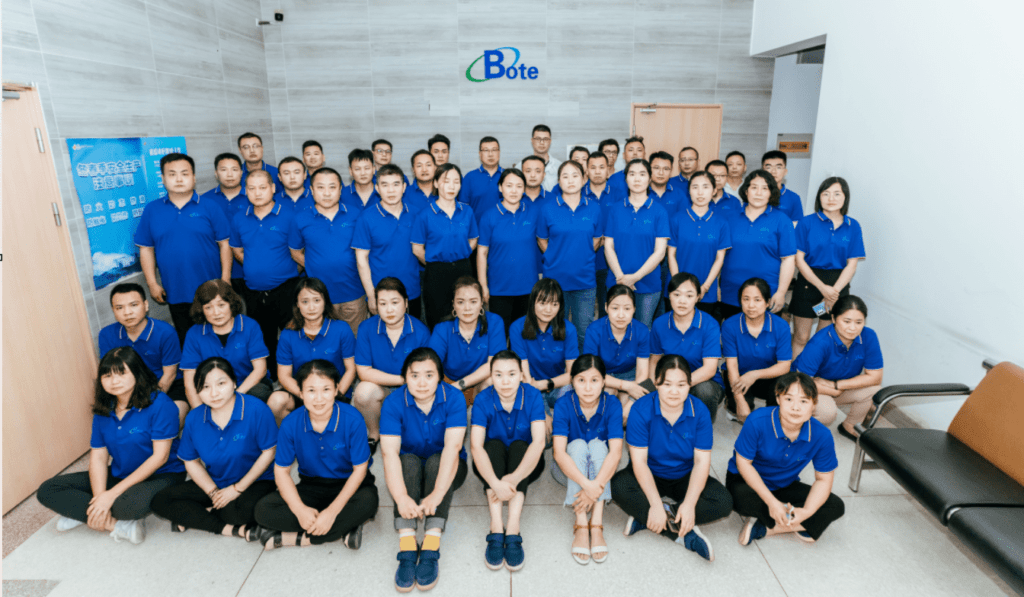
Positive Meniscus Lens vs Plano-Convex
A common comparison in optics design is meniscus lens vs plano-convex:
| Feature | Positive Meniscus Lens | Plano-Convex Lens |
|---|---|---|
| Shape | Convex on one side, concave on the other | Flat on one side, convex on the other |
| Spherical Aberration | Lower (when properly aligned) | Higher |
| Best Use Case | Beam shaping, lens groups | Simple focusing tasks |
| Lens Assembly Application | Often used between lens pairs | Typically used alone |
➡️ Learn more about lens shape selection for your optical system.

Applications of Positive Meniscus Lenses
Positive meniscus lenses are widely used in complex optical systems, including:
- Laser beam expanders and collimators
- Optical imaging systems requiring minimized spherical aberration
- Microscope objectives and relay lens systems
- Infrared optics and high-precision metrology
Why Choose Bote Optics for Meniscus Lenses?
🏭 Precision Fabrication – Manufactured in our Nanjing facility using CNC polishing and interferometric testing.
🛠️ Custom Geometry – Full control of curvature radius, edge thickness, and material type.
🌈 Wavelength-Specific Coatings – BBAR, VIS, NIR, IR coatings available.
📍 Export From Singapore – Fast, restriction-free delivery worldwide.
🔍 High-Performance Glass – Fused silica, BK7, CaF₂, ZnSe, and other IR materials available.
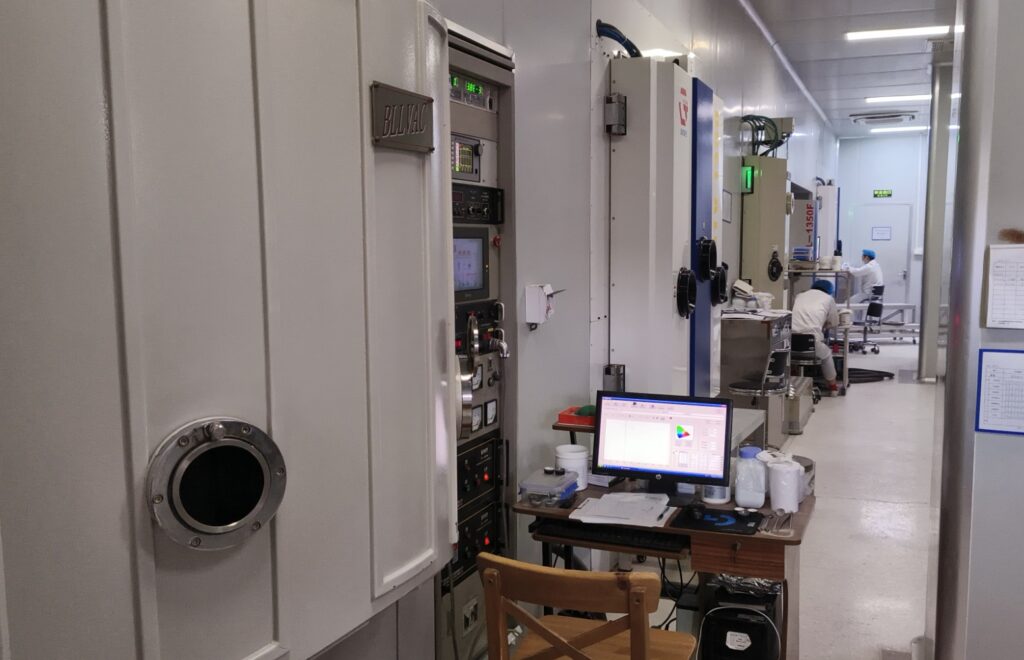
Technical Specifications
| Parameter | Available Range |
|---|---|
| Diameter | 5 mm – 100 mm |
| Focal Length | Custom (positive only) |
| Substrate Material | BK7, Fused Silica, CaF₂, ZnSe |
| Surface Quality | 40-20, 20-10 (on request) |
| Centration Error | <3 arcmin |
| Coating Options | VIS, NIR, IR, UV, DLC |
| Edge Thickness Tolerance | ±0.05 mm |
| Surface Accuracy | λ/4 or better at 632.8 nm |
Need a diverging meniscus lens or a complete positive-negative meniscus pair? We offer design and manufacturing support for compound systems.
Positive vs Negative Meniscus Lens
| Feature | Positive Meniscus | Negative Meniscus |
|---|---|---|
| Optical Power | Positive (converging) | Negative (diverging) |
| Use Case | Reduce spherical aberration | Increase focal length of systems |
| Light Path Behavior | Focuses light | Spreads light |
| Position in Optical Systems | Before or between elements | Often used as correctors |
📦 Contact us to configure a meniscus lens combination for your multi-element design.
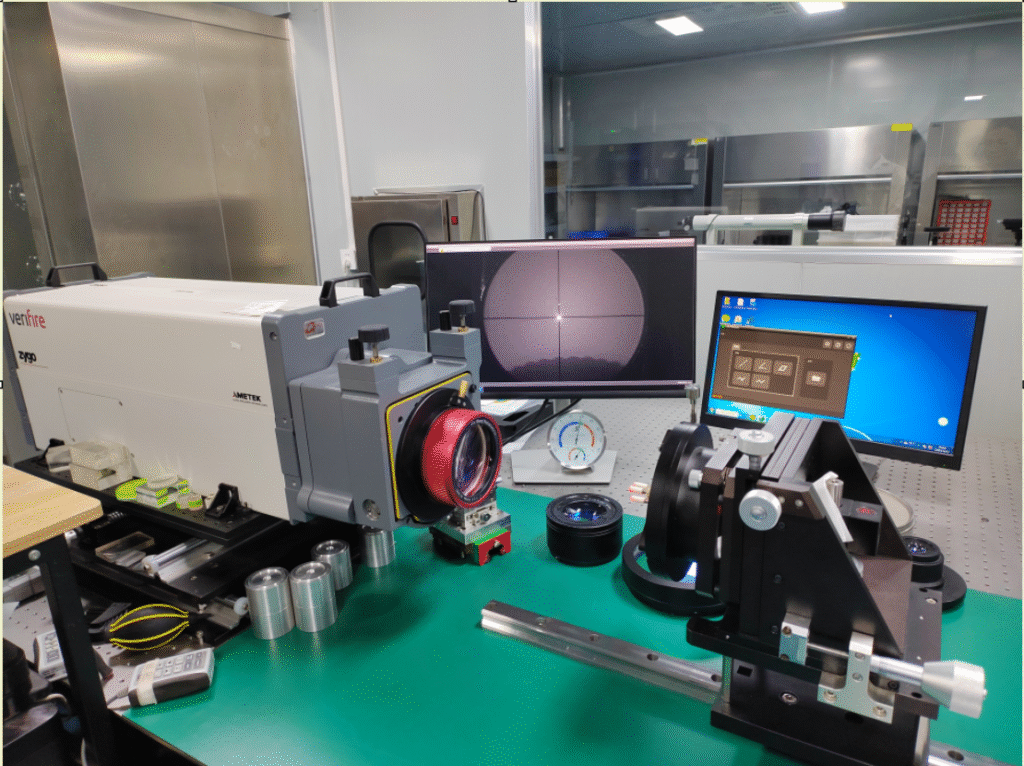
FAQs: Positive Meniscus Lenses
Q1: When should I use a positive meniscus lens instead of a plano-convex lens?
A: Use positive meniscus lenses when you want to focus light with lower spherical aberration, especially in beam shaping or lens assemblies.
Q2: What’s the difference between a positive and negative meniscus lens?
A: A positive meniscus lens converges light (like a convex lens), while a negative meniscus lens diverges light (like a concave lens). The difference lies in the relative curvature of each surface.
Q3: Can I request anti-reflection coatings?
A: Absolutely. We offer VIS, NIR, and IR coatings for all lens types.
Q4: What materials are best for IR applications?
A: For IR, we recommend materials like Germanium, ZnSe, or CaF₂ depending on the wavelength range.
Order Custom Meniscus Lenses from Bote Optics
Whether you’re optimizing an imaging system or expanding a laser beam, our positive meniscus lenses offer the precision and performance your application demands.
📧 Email: [email protected]
🌐 Website: www.bote.com.sg
📝 Contact Us: Get a Quote

